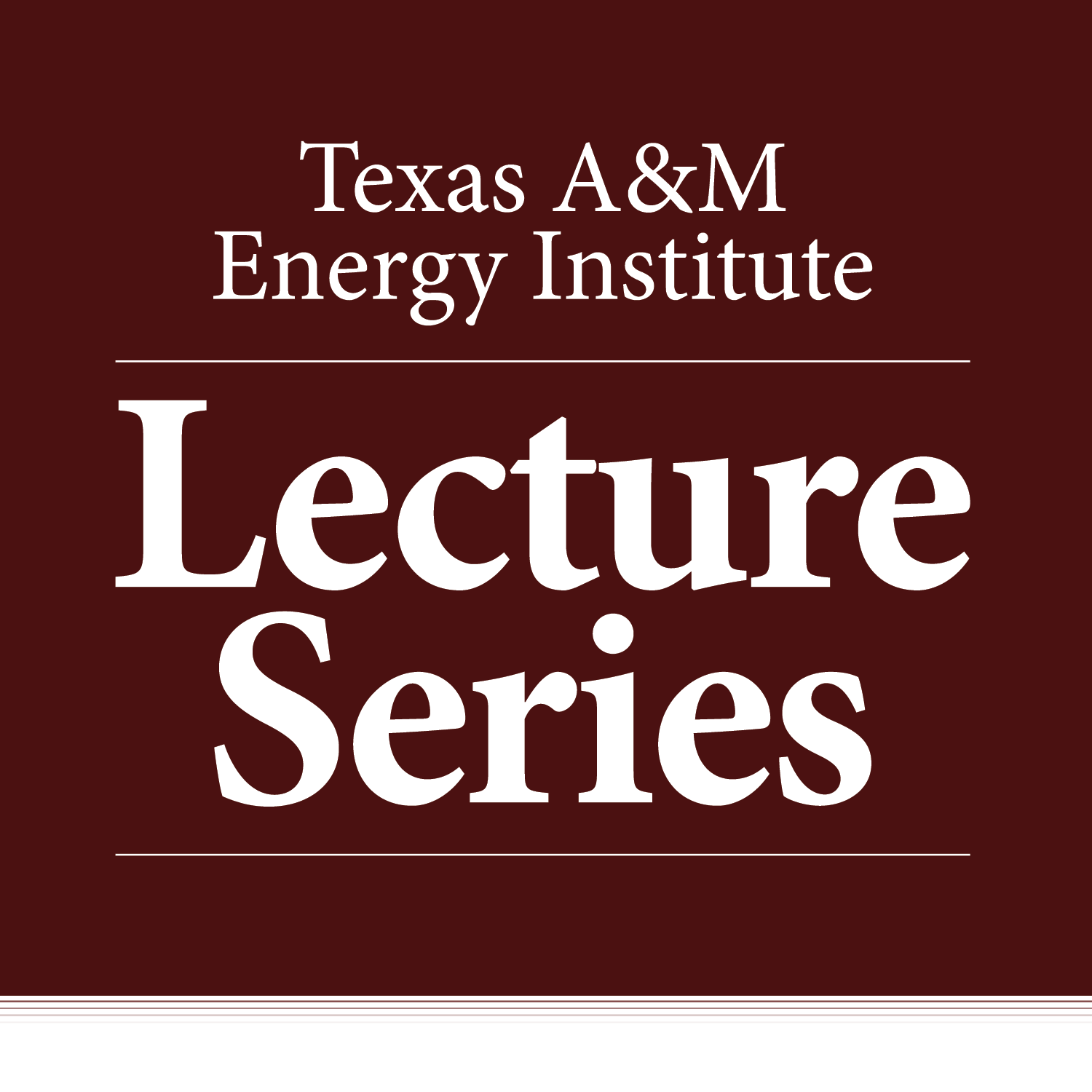
Energy, Environment and Technology: What is Realistically Beyond Petroleum?
The next presentation in the Texas A&M Energy Institute Lecture Series, featuring Dr. Steve Wittrig, the Owner and Founder of Kinetic Emergy, will be held on Monday, October 15, 2018 from 12:00 PM – 1:00 PM in the Frederick E. Giesecke Engineering Research Building (GERB) Third Floor Conference Room. The topic will be “Energy, Environment and Technology: What is Realistically Beyond Petroleum?”
Biography and Abstract
Steve is a Chemical Engineer from the University of Illinois and CalTech. During his 30-year career with Amoco and BP, he worked in technology development, commercialization and partner development in E&P, refining, chemicals and new energy around the world.
One of his roles was to lead Amoco’s strategy for natural gas conversion. This developed the business case for BP to build the world’s first megamethanol plant (Atlas in Trinidad, 2004). This remains the industry’s most financially successful gas conversion project and was the front end of a quadrupling of global methanol production.
At BP, Steve was one of the leaders for developing BP’s “Beyond Petroleum” strategy and the BP Great University program around the world to support the strategy. From 2005-2011, he was BP’s Global Director, Advanced Technologies. During this time, he developed partnerships on energy technology and policy development with Tsinghua University, MIT, Cambridge University, the Chinese Academy of Sciences, Gubkin Russian State University of Oil and Gas, the Moscow State Institute of International Relations and Saint Petersburg State Polytechnical University.
Since retiring from BP in 2011, Steve has founded Kinetic Emergy to develop new frames for creating systems of energy technologies that can create new (and economically competitive) options for energy abundance and environmental progress. The general philosophy of Kinetic Emergy is that the necessary revolution that must take place in the world’s energy, manufacturing, agricultural and urban infrastructure can only happen within new ecosystems of the best of the new technologies with the best of our engineering and systems integration.
The analogy to these systems is the development over the past 80 years of today’s modern refinery – major unit operations (e.g., cat cracking, hydrotreating, reforming) in tightly coupled systems that flex with regions, supplies and markets. And produce high octane gasoline at a cost comparable to bottled water.
The general requirements for technologies to be included as a node for Kinetic Emergy modelling are:
- Demonstrated at 25 MW scale (or relevant commercial scale)
- Zero (or very low) reliance on precious metals, rare earths or other materials that will utilize more than 10% of the global supply to supply 1% of global energy.
- No remaining requirements for materials, catalysts, membranes or related technologies to be developed.
- “Cleaner” than incumbent technologies (knockout if fail on real pollutants, highly desirable for lower CO2 emissions)
- At least economic parity with incumbent technologies (highly desirable – 20% or more savings)
- Hazard/safety parity with gasoline/LPG/gas (production, distribution and utilization).
Most of these technologies will benefit greatly from very large scale corresponding to serving energy markets. More important, there are synergies among these technologies arising from capacity utilization, byproduct flows, heat/exergy optimization and system flexibility tailored to markets and regional resource availability. They will all benefit greatly from common infrastructure, logistics, workforce and other cost elements.
The mission for Kinetic Emergy is to create robust models of these and other major technologies (e.g., plasma gasification, carbon plume geothermal, small molecule fuels, liquid air energy storage, zero carbon microgrids) that can be integrated together into systems models that can ignite the vision and hone the reality of the regional scale infrastructure we have within reach.
I will present these ideas with detailed examples as a preface to discussion, challenge and idea generation with the Texas A&M community.
